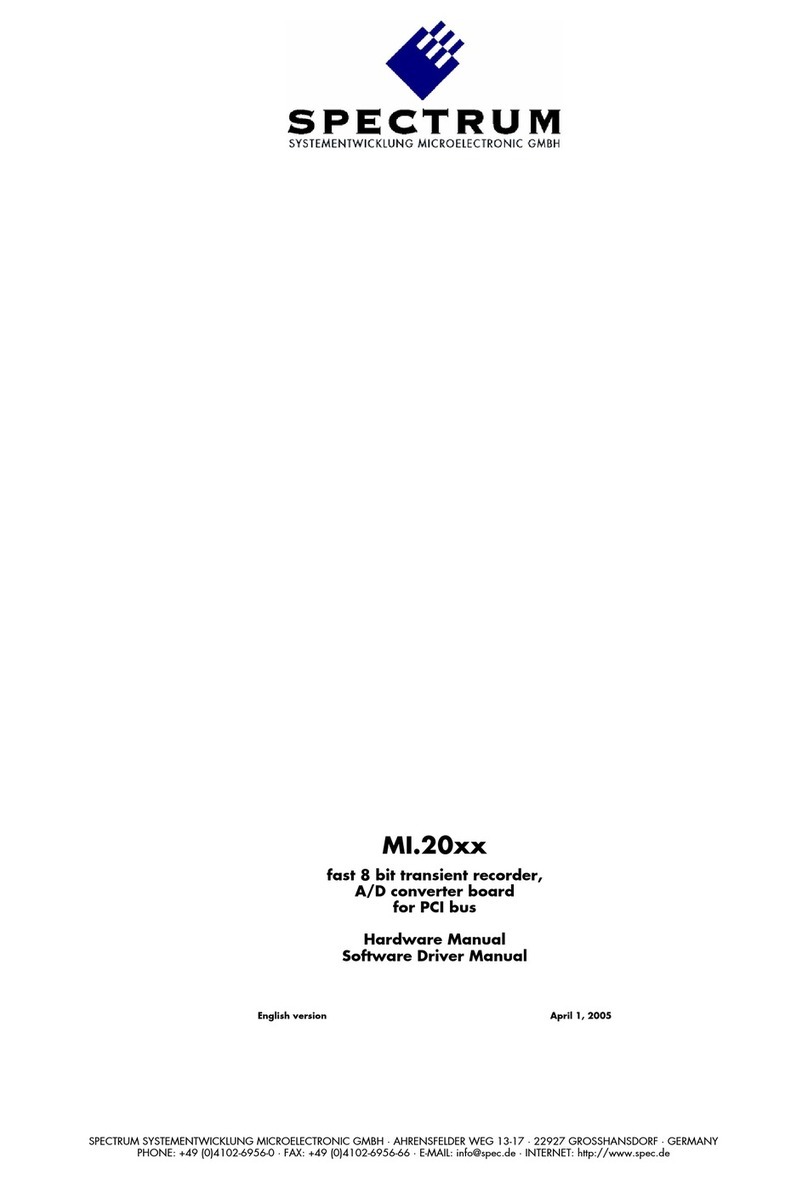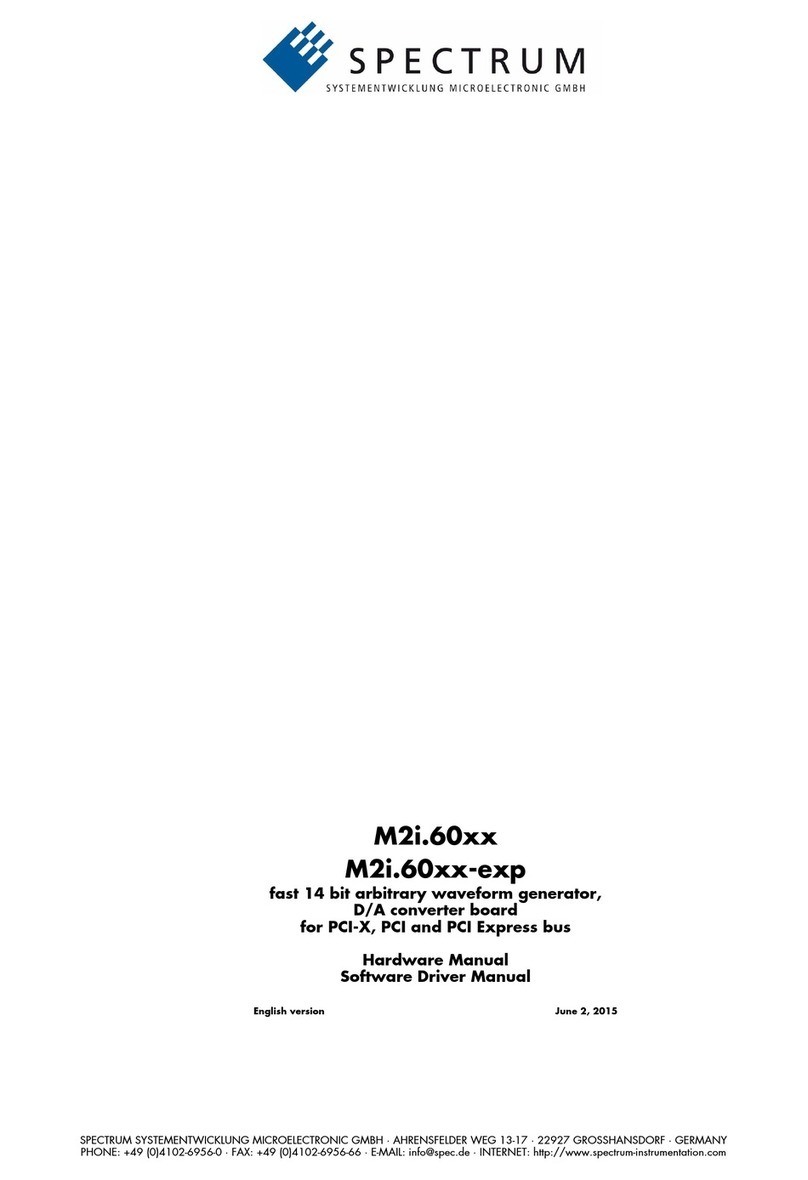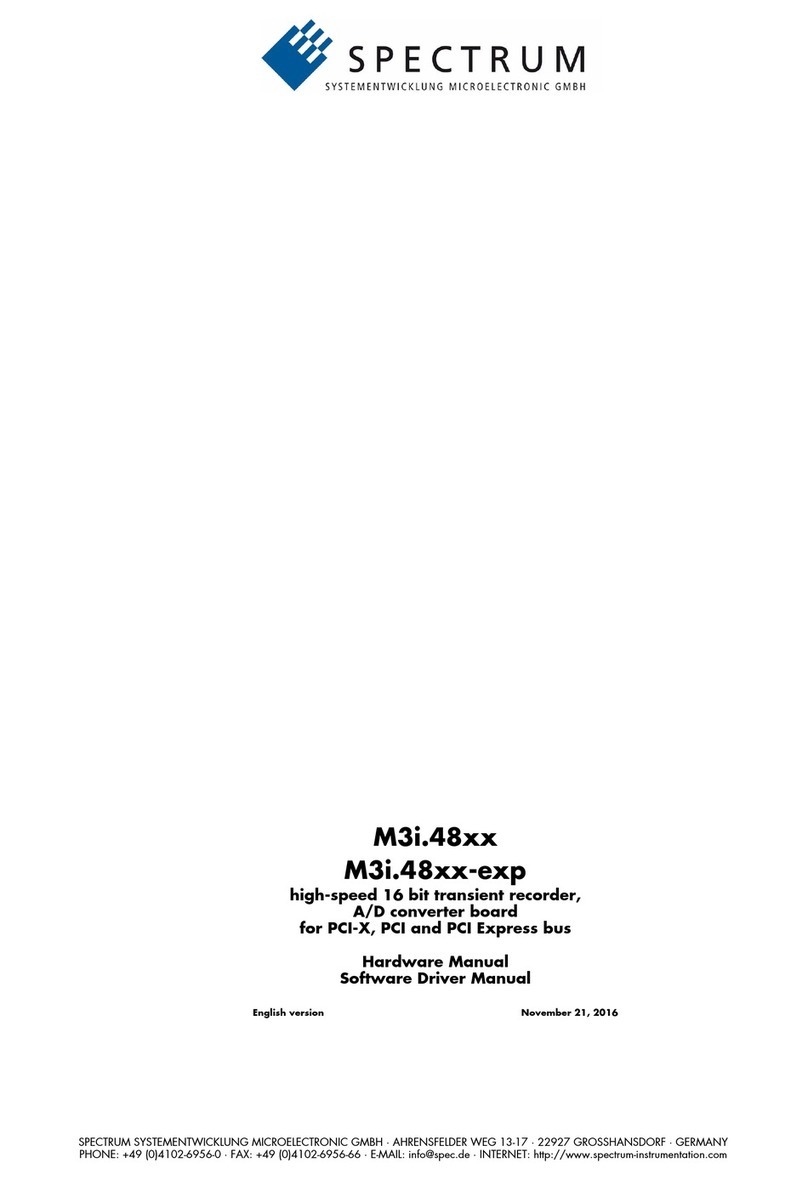
5
Programming the Board .................................................................................................. 57
Overview .......................................................................................................................................................................... 57
Register tables ................................................................................................................................................................... 57
Programming examples....................................................................................................................................................... 57
Initialization....................................................................................................................................................................... 58
Initialization of Remote Products........................................................................................................................................... 58
Error handling.................................................................................................................................................................... 58
Gathering information from the card..................................................................................................................................... 59
Card type.................................................................................................................................................................... 59
Hardware version......................................................................................................................................................... 60
Production date ............................................................................................................................................................ 60
Last calibration date (analog cards only) ......................................................................................................................... 60
Serial number .............................................................................................................................................................. 61
Maximum possible sampling rate ................................................................................................................................... 61
Installed memory .......................................................................................................................................................... 61
Installed features and options ......................................................................................................................................... 61
Miscellaneous Card Information ..................................................................................................................................... 62
Function type of the card ............................................................................................................................................... 62
Used type of driver ....................................................................................................................................................... 62
Reset................................................................................................................................................................................. 63
Analog Inputs.................................................................................................................. 64
Channel Selection .............................................................................................................................................................. 64
Important note on channels selection............................................................................................................................... 65
Setting up the inputs ........................................................................................................................................................... 65
Input ranges................................................................................................................................................................. 65
Input offset................................................................................................................................................................... 66
Input termination........................................................................................................................................................... 67
Automatic adjustment of the offset settings ....................................................................................................................... 67
Read out of input features .............................................................................................................................................. 68
Acquisition modes ........................................................................................................... 69
Overview .......................................................................................................................................................................... 69
Setup of the mode ........................................................................................................................................................ 69
Commands........................................................................................................................................................................ 70
Card Status.................................................................................................................................................................. 71
Acquisition cards status overview ................................................................................................................................... 71
Generation card status overview .................................................................................................................................... 71
Data Transfer ............................................................................................................................................................... 72
Standard Single acquisition mode ........................................................................................................................................ 74
Card mode.................................................................................................................................................................. 74
Memory, Pre- and Posttrigger ......................................................................................................................................... 74
Example ...................................................................................................................................................................... 74
FIFO Single acquisition mode .............................................................................................................................................. 75
Card mode.................................................................................................................................................................. 75
Length and Pretrigger.................................................................................................................................................... 75
Difference to standard single acquisition mode................................................................................................................. 75
Example FIFO acquisition .............................................................................................................................................. 75
Limits of pre trigger, post trigger, memory size ....................................................................................................................... 76
Buffer handling .................................................................................................................................................................. 77
Data organisation .............................................................................................................................................................. 80
Sample format.............................................................................................................................................................. 80
Converting ADC samples to voltage values ...................................................................................................................... 80
Clock generation ............................................................................................................. 82
Overview .......................................................................................................................................................................... 82
The different clock modes .............................................................................................................................................. 82
Clock Mode Register..................................................................................................................................................... 83
Internally generated sample rate .......................................................................................................................................... 83
Standard internal sampling clock (PLL)............................................................................................................................. 83
Using plain Quartz1 without PLL ..................................................................................................................................... 84
Using plain Quartz2 without PLL (optional)....................................................................................................................... 84
External reference clock ...................................................................................................................................................... 85
Oversampling .................................................................................................................................................................... 85
External clocking................................................................................................................................................................ 86
Direct external clock ..................................................................................................................................................... 86
External clock with divider ............................................................................................................................................. 87






























